Historic Buildings, Modern Flavors
Ålesund is a city steeped in history, known for its Art Nouveau architecture and coastal views. From its early days in the 1600s, Ålesund has been an important trading hub, eventually becoming a key center for the export of salted cod to Spain in the 1800s. Today, many of Ålesund’s finest restaurants are housed in the city’s historic buildings, blending the old with the new.
Ålesund’s Historical Roots
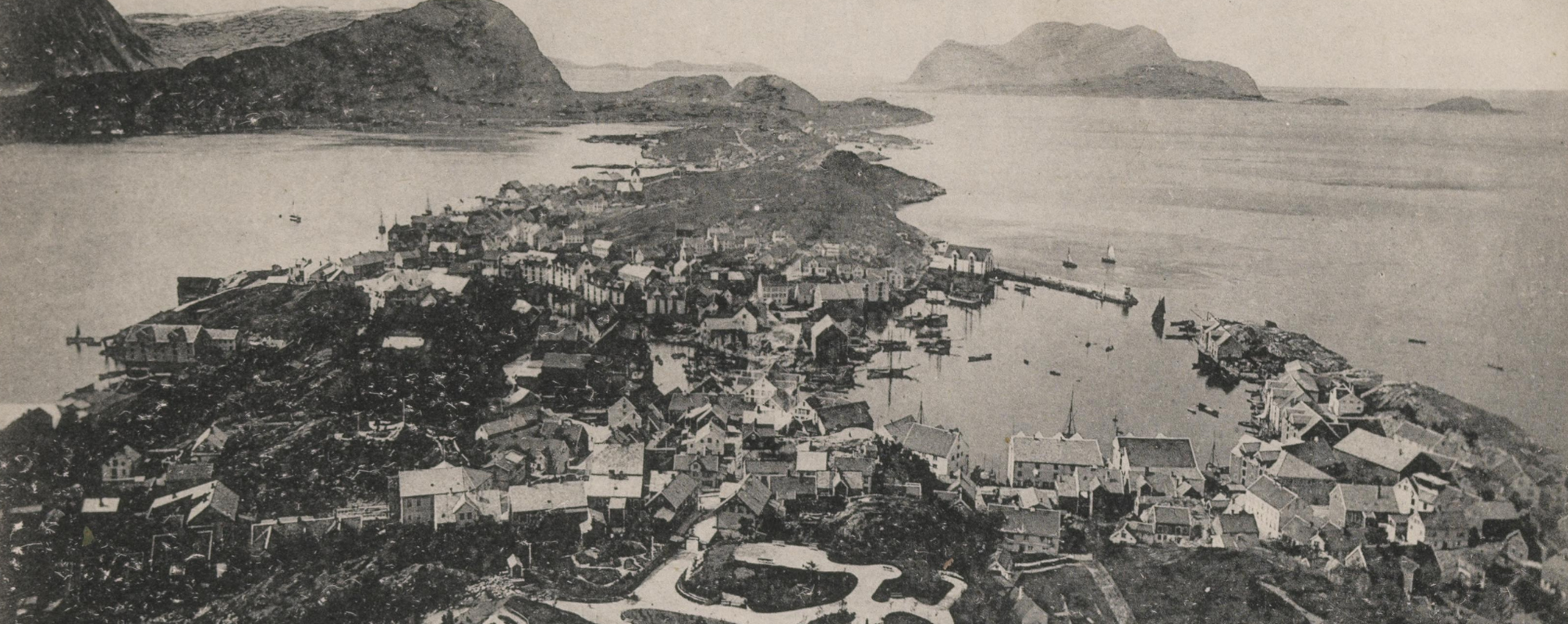
Back in the 1600s, Ålesund had already established itself as an important trading center. The city gradually expanded, and by 1824, it had become an export hub of salted cod, with a population of only 289. In 1848, Ålesund officially gained city status, and by then, the population had grown to around 1,200.
By the turn of the 19th century, Ålesund had grown into a vibrant city with around 12,000 residents. The cityscape was dominated by tightly packed wooden houses, but everything changed dramatically on a stormy winter night in 1904. On January 23rd, a catastrophic fire broke out, fueled by winds that quickly spread the flames across around 850 houses in just 15 hours. Miraculously, only one person lost their life, but nearly 10,000 people were left homeless, losing almost everything they owned.
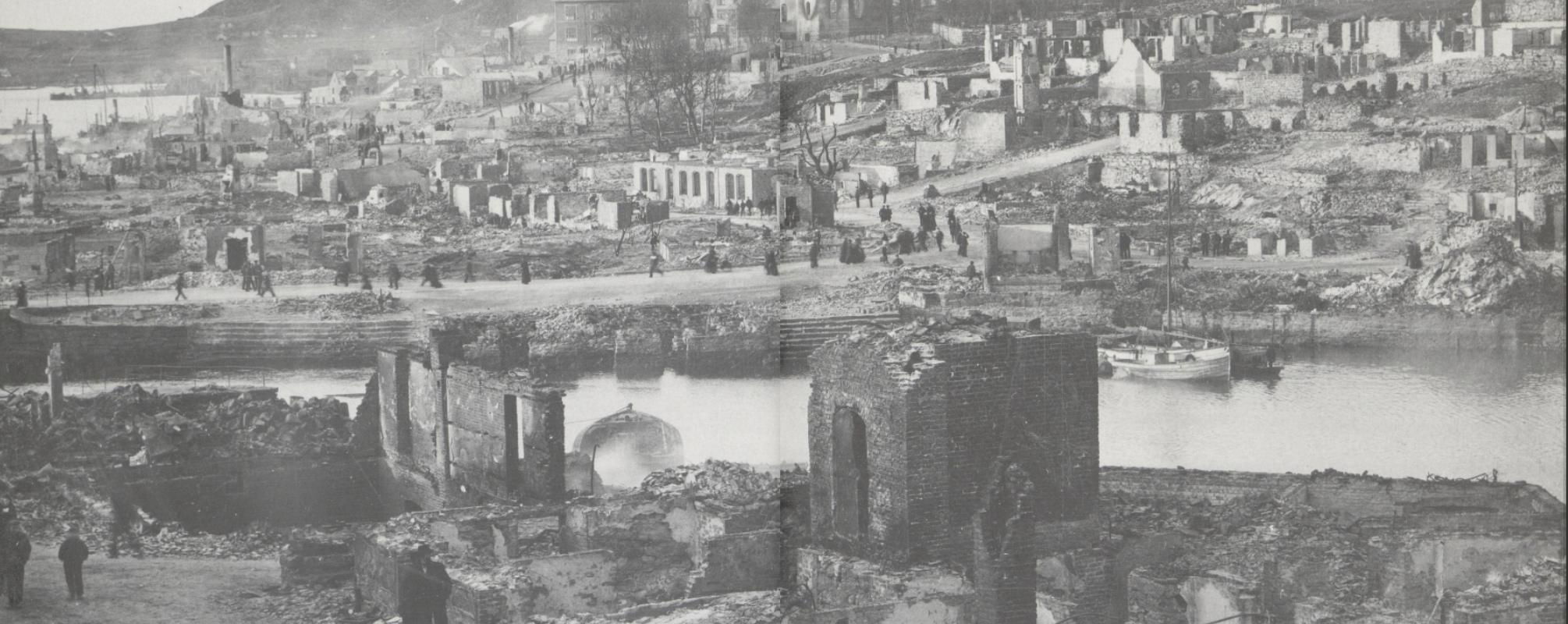
Fjellstua, a popular viewpoint on top of Mount Aksla (a must visit if you haven't been yet), was on the verge of being destroyed during the fire. The wooden building, that was already a well-known landmark at the time, became a clear testament to the destructive power of the storm that night after it fell victim to the flames. After the fire, Fjellstua was restored and rebuilt in concrete. In the photo below, you can see what Fjellstua looked like before the reconstruction.

From Ashes to Bricks
After the fire, Ålesund faces the enormous task of rebuilding. The new city was constructed primarily with brick, and many of the architects who came to assist had studied abroad, especially in Germany, England, and Scotland. They blended international influences with Norwegian national romantic elements, resulting in the unique Art Nouveau style that characterizes Ålesund to this day.
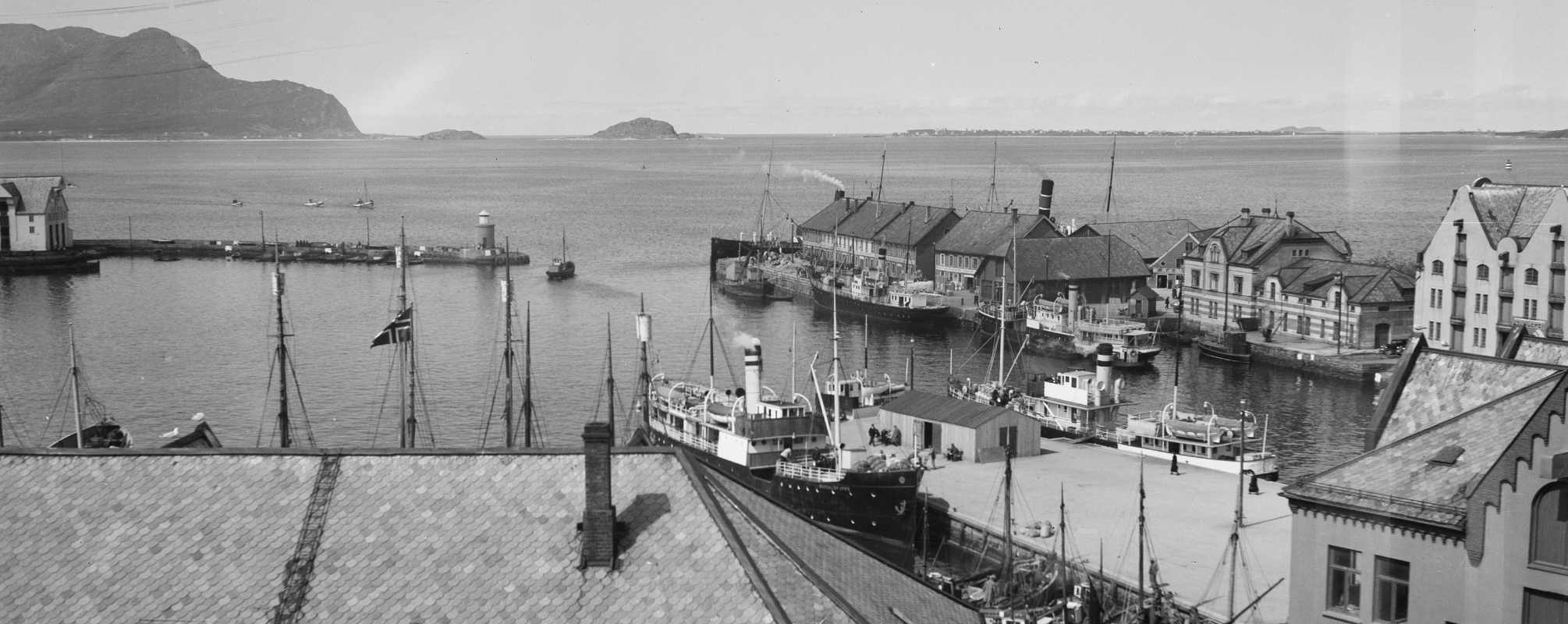
The new customs station was relocated to what is now Molo Brew and remained in operation there until 1987. Before the restaurant took over, the premises were used for storing ballot boxes and other equipment for the park services, among other things. Molo is situated on the southern pier of the city, known as Stornepiren. This pier has undergone several expansions since the first phase was completed in 1912 and has been further developed to accommodate larger ships and the growing fishing industry in Ålesund.

Dampsentralen occupies one of Ålesund’s newer buildings, and its name pays tribute to the location’s historical significance. In 1895, Ålesund’s first electric streetlight was lit outside the newly constructed steam power plant (dampsentral in Norwegian), which supplied electricity to the city until 1917. Today’s Dampsentralen stands near the original site, proudly carrying on the name and history in its modern setting. On the image below the steam power plant, with its characteristic chimney, can be seen in the background.
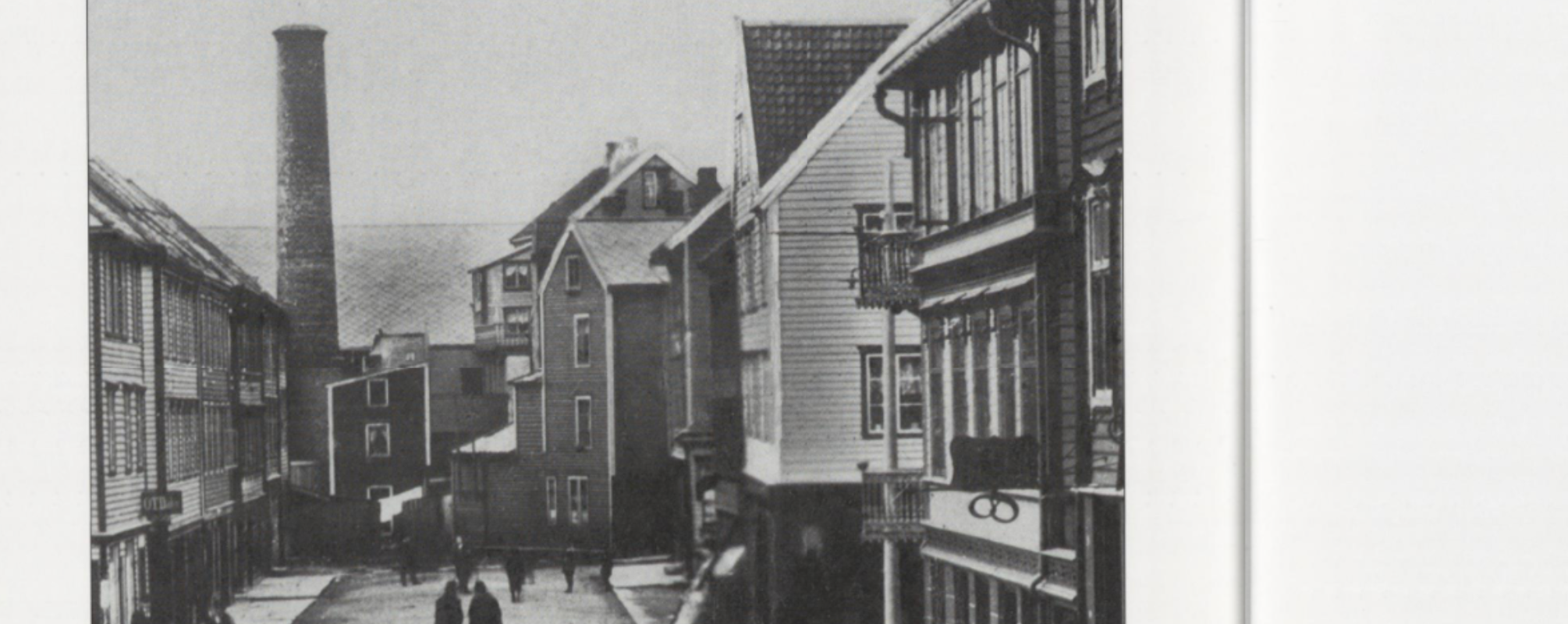
The building at Notenesgata 1, which now houses Bro and Bryt Tapas , has a rich history dating back to Ålesund's golden age as a hub for the stockfish trade. The building, once a stockfish warehouse, played a significant role during the so-called "Spanish era." The large, tall windows that characterize the structure today were originally used to lower and hoist fish in and out of storage. Bryt Tapas pays homage to this pivotal period in the city’s history, drawing inspiration from the Spanish influence that left its mark on Ålesund.
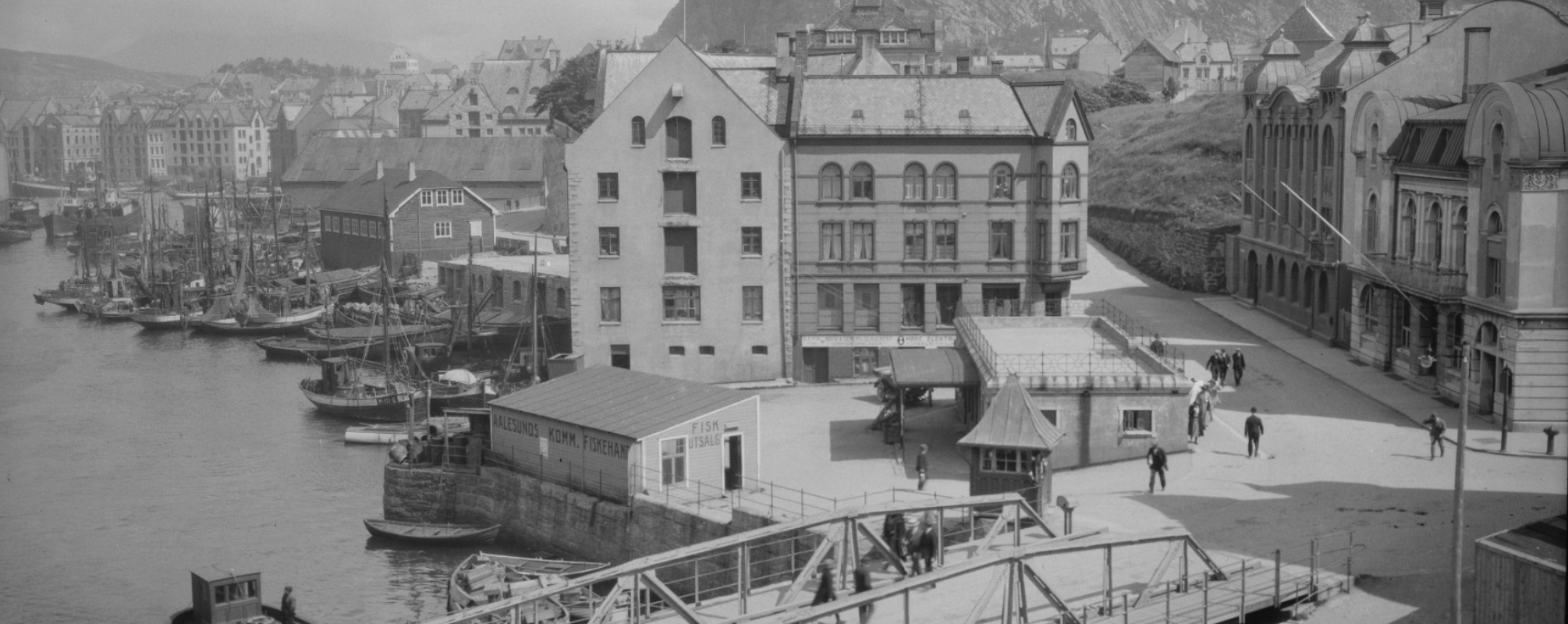
Havnehagen is a charming outdoor dining area connected to Bro and Bryt Tapas, open on days with pleasant weather. Havnehagen is located on the historic Lorkenestorget, right next to Brosundet and Hellebroa, which connects Ålesund. Lorkenestorget, a site that has served as a central hub for trade throughout history, is the perfect spot to enjoy a meal, surrounded by history and beautiful views of the city.





